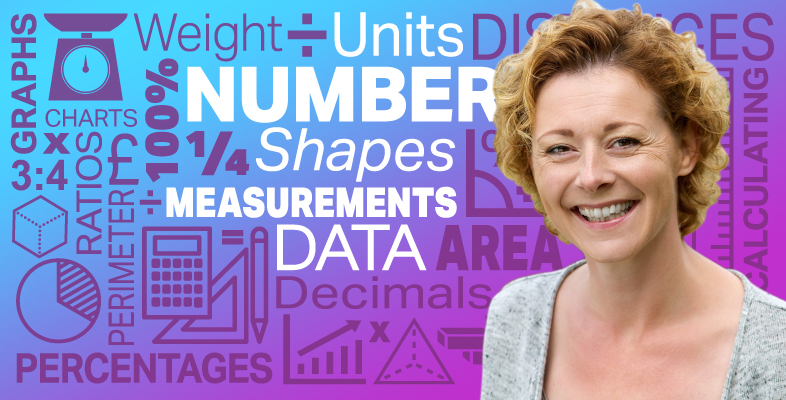1.1 Instruments of measure
So what do you use to measure things? If you were to measure something small, such as a screw, you would probably use a ruler. To measure something bigger, like the length of a room or garden, you would probably use a tape measure.
You could try estimating the size of something before measuring it, which would help you to decide what tool you need to measure it. If you wanted to measure the walls of a room before redecorating, you’d get a more accurate measurement using a tape measure rather than a 30-centimetre ruler! After you’ve made an estimate you can check how accurate it is by measuring the object.
How long is a pen? Find a pen, make an estimate of how long you think it is and then measure it accurately using a ruler.
Hint: To help you to estimate the size of an item, consider it in relation to other items of known length:
- The eye of a needle is about 1 millimetre (mm) wide.
- The width of the fingernail on your little finger is about 1 centimetre (cm).
- A small ruler is 15 centimetres long.
- A large ruler is 30 centimetres long.
- A door frame is approximately 2 metres (m) high.
- It would take approximately 20 minutes to walk 1 kilometre (km).
Activity 2: How long?
Match the following items to the approximate measurement:
Using the following two lists, match each numbered item with the correct letter.
175 cm
15 cm
30 cm
4 m
25 m
10 mm
20 km
a.The length of an eyelash
b.The height of a man
c.The height of a double-decker bus
d.The length of a swimming pool
e.The length of a half marathon
f.The length of a pen
g.The length of an A4 piece of paper
- 1 = b
- 2 = f
- 3 = g
- 4 = c
- 5 = d
- 6 = a
- 7 = e
